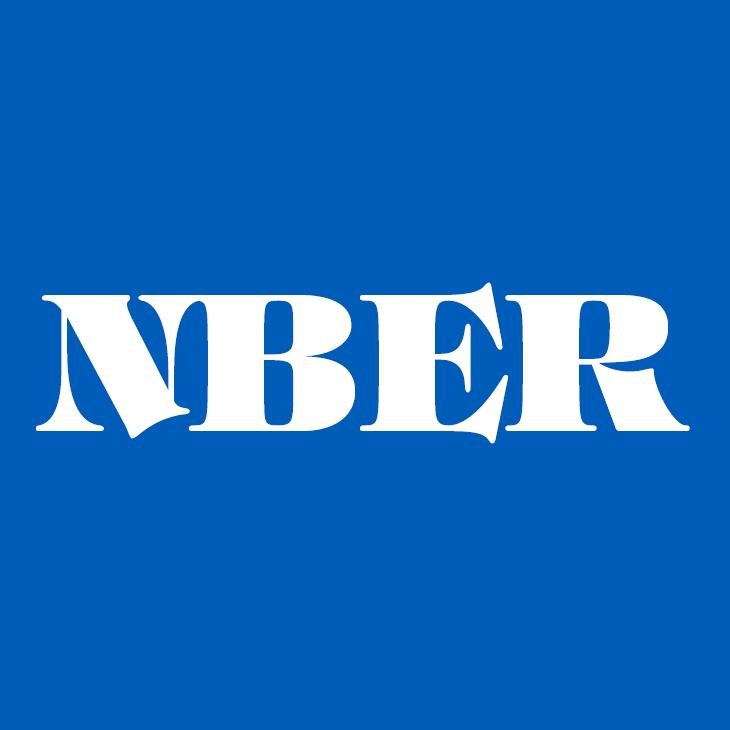
Ricardo Lagos ⭐️⭐️⭐️
@Lagos_R_
Followers
2K
Following
211
Media
15
Statuses
120
If you have read, written, or watched papers about monetary policy without money, it may be time to watch this: (Thanks @SEDmeeting for the invitation and @EconomiaDiTella for the hospitality.).
4
45
185
Hi @Isabel_Schnabel this is such a great thread. Thanks for sharing it. By the way, @gmnavarro and I could have used it almost word for word to write our introduction section. (We may reference some bits of your speech in our next revision!).
Yet, banks’ demand for reserves is highly uncertain. Should their demand have changed more fundamentally, then upward pressure on interest rates may well start earlier than in the past. 6/22
1
2
16
In the paper we do four things: .(1) Document a wide array of micro (bank-level) and marketwide facts about the fed funds market. We think this empirical work could be of independent interest for anyone who wants to learn how the fed funds market operates.
Developing a quantitative theory of fed funds trading and using it to produce structural estimates of aggregate demand for reserves in the United States, from @Lagos_R_ and @gmnavarro
1
22
75
The fed funds market has operated with a very large supply of reserves for over a decade, and now nobody really knows how the aggregate demand for reserves looks for lower levels of reserves. This is Question 2 that @gmnavarro and I want to answer.
0
0
3
But, as it turns out, nobody seems to know exactly how ample is "ample". This led @gmnavarro and I to want to answer the following:.Question 1: In terms of the figure above: what are Q' and Q_{1} in dollars?.
1
0
1
Flight from LA to NYC. The guy in front of me does not believe in the social norm of not reclining seats, so I cannot watch movies. This may be a good time to write something about his work we are doing with @gmnavarro.
Developing a quantitative theory of fed funds trading and using it to produce structural estimates of aggregate demand for reserves in the United States, from @Lagos_R_ and @gmnavarro
2
8
44







